Mentor Texts in the Classroom: Why Mentor Texts Work: The Consume, Critique, Produce Model by Pamela Brunskill
Welcome back to Pam Brunskill! Pam is an author and educator and I’m happy that she’s sharing some of her mentor text experience with us!
As teachers, we know that students engage in the classroom when they are involved in designing their own learning experiences. They gain ownership over the criteria, develop a deeper understanding of what they are studying, and take pride in creating their final projects. When teaching Language Arts, mentor texts can provide the tools to motivate and guide students in this type of learning, which will enable them to produce quality writing themselves.
This past semester, I taught a class called Literacy Across Contexts to pre-service teachers at the university level. One of the goals was to address Language Arts methods for students in PreK-4th grade, so I introduced my undergraduates to the Consume, Critique, Produce (CCP) instructional framework. Developed by John O’Flahavan at the University of Maryland, this model requires students to read and analyze numerous texts within a genre before asking students to write their own. It is because of this framework that mentor texts work.
To demonstrate, each portion of the process is explained below.
Consume
Students need to consume lots of mentor texts in order to gain an idea of the characteristics of a genre. For example, teachers who wish to have their students write poetry should have their students read and listen to lots of mentor poems to experience rhythm, use of figurative language, different forms of poetry, and other poetic elements. The students get a feel for what makes a poem a poem.
Critique
Students need to critique the mentor texts to determine the criteria used in that genre. They engage with mentor texts like researchers and discuss what makes something good in a genre and what does not. They make a list of examples and non-examples. In this bottom-up approach, students are involved in discovering how writing works, and are involved in developing the criteria they will use for their own writing. In the poetry example, students analyze the mentor poems to note characteristics that distinguish poetry from prose. If a specific type of poetry is to be studied, such as a limerick, the students figure out the rhyme scheme, humor, and meter by noting the commonalities amongst various mentor limericks.
Produce
Because students following this framework have immersed themselves in a genre and developed the criteria for what that genre requires, they can confidently and competently produce something that fits the expectations of that genre. If the class is writing limericks, after going through the consume and critique stages, a teacher could realistically expect her/his students to produce a witty poem with five lines, in the rhyme scheme of AABBA, and with the 3-3-2-2-3 meter. Since the students were involved in designing their conditions for success, they will be better prepared to produce high-quality poems, and have ownership and appreciation for their work.
Using the Consume, Critique, Produce model in classrooms allows teachers to use mentor texts in authentic, high-interest ways. Taking the time to immerse students in reading and studying quality writing enables teachers to engage their students with literacy. And, this fosters a classroom of capable writers.
To view a great 3 minute video that demonstrates how CCF works in regards to flash mobs, click here:
Pamela Brunskill began her career teaching 3rd and 6th graders in Clarence, NY, focusing mainly on language arts and social studies. Over the past ten years she has been writing, teaching as an adjunct instructor in the education departments at Bloomsburg University and Bucknell University, and raising her three children. She has been published in Highlights for Children and is represented by Louise Fury from the Bent Agency. Pamela also helps authors create educational resources for their books at Authors and Educators. You can find Pamela at her website, http://www.authorsandeducators.com, or on Twitter under the handle @PamBrunskill.
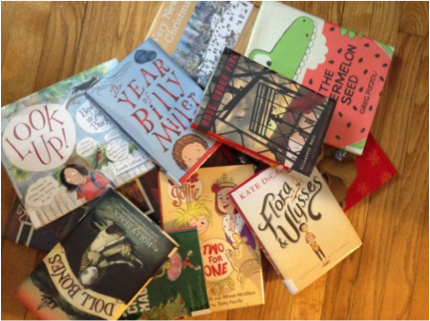

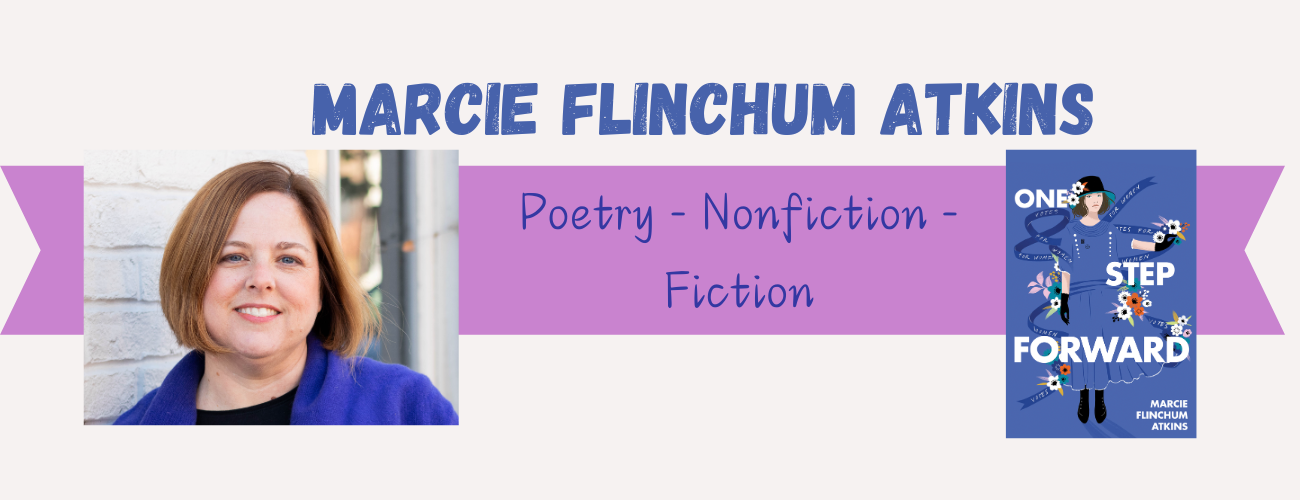
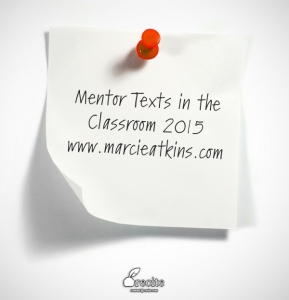

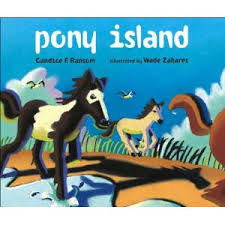
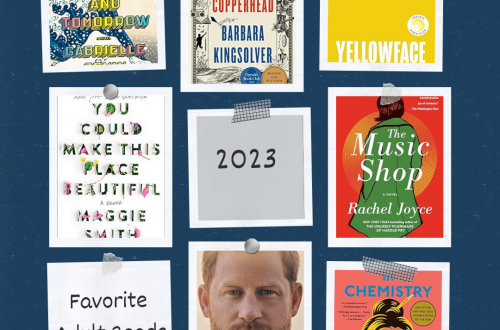

2 Comments
Suzy Leopold
Learning and growing everyday is so important. I have acquired new knowledge today. Thank you for introducing me to the CCP method by John O’Flahavan. As an educator and a writer I look forward to using this model.
Pam Brunsill
Yay, Suzy! So glad you enjoyed the post!